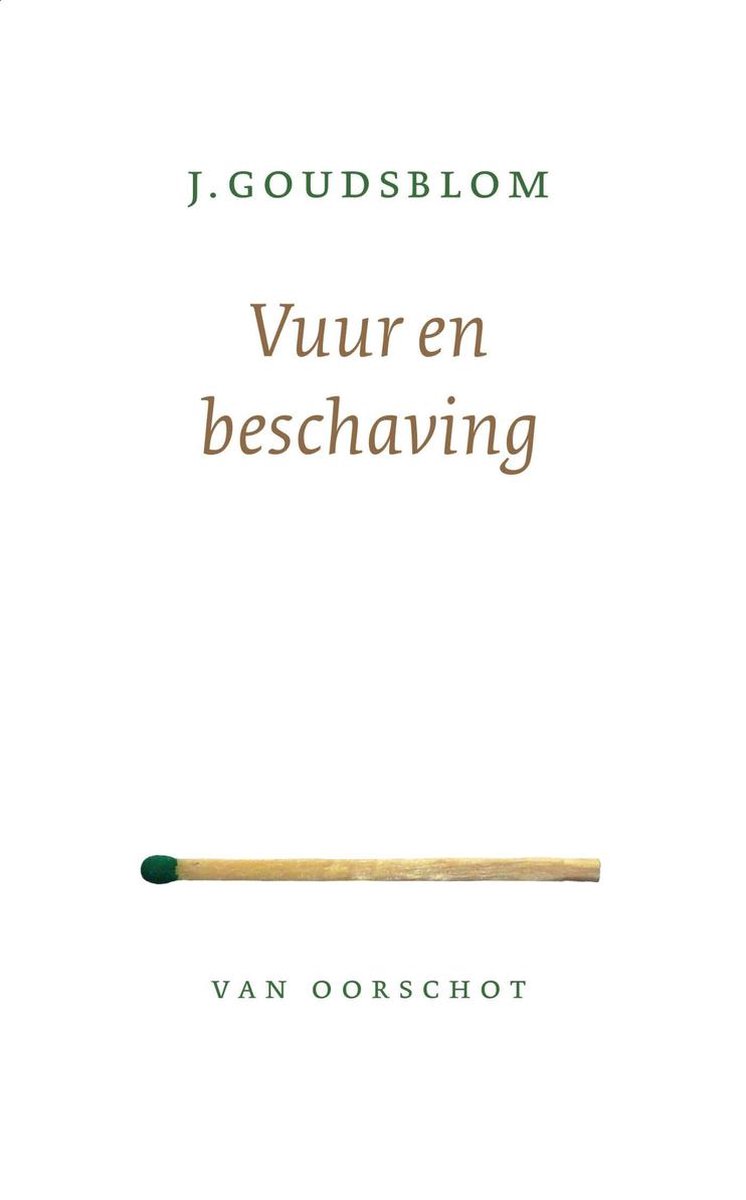Fire and Civilization
With 'Fire and Civilization' sociologist Johan Goudsblom has written what he intends to be a ‘cool book about fire’. The result is a guide for those interested in the larger issues of world history: How did civilization begin? Which institutions can be found in all human societies? Besides the domestication of birds and animals, what other ‘domestications’ have shaped human history?
Goudsblom makes a strong case that the control of fire, even before the development of speech or the making of tools, differentiated human beings from their ancestors, and indeed from all other creatures. His research points to dual factors: fire as a civilizing element – used in cooking and chemistry, heating and lighting, and literally as the spark that set off the Industrial Revolution – and fire as burning, as a source of fear, of punishment and destruction, arson, war, and the sickness and death that result from pollution-related diseases.
With a final chapter that ranges from the psychological analysis of arsonists to the symbolic use of fire in public demonstrations and riots, Goudsblom has written an offbeat, fascinating account of the relationship between the rise of civilization and man’s ability to control fire.

Johan Goudsblom (1932-2020) was Professor of Sociology at the University of Amsterdam from 1968 to 1997. He collaborated with the man who did so much to inspire him, Norbert Elias, whose ideas were the basis of the new science of figurational sociology.